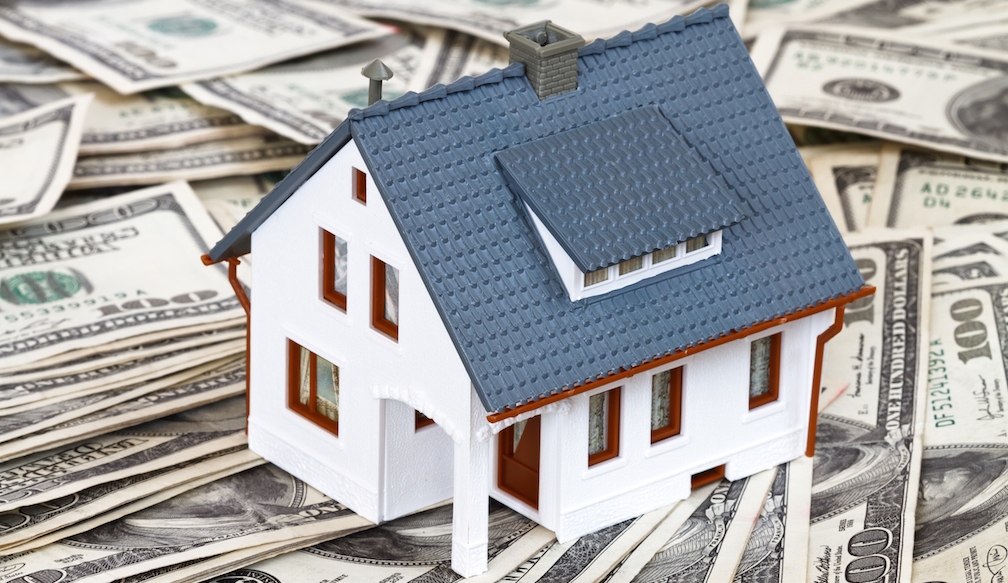Some of the greatest resistance to affordable housing comes from homeowners who don’t want to see a drop in their home’s value, however how founded are those beliefs? Trulia’s new report may provide some answers.
Home prices have been rising, and are now back to pre-crisis levels. While this has been great for homeowners’ equity, buyers struggle in the low-supply, high price market. What’s more, the National Association of Realtors doesn’t expect prices to come down anytime soon.
Because of this, many potential buyers are locked out of the housing market, especially in markets such as New York and California, making the need for affordable housing that much greater.
But do these affordable housing units really depreciate the values of surround homes? Trulia’s report shows that, as a matter of fact, they don’t. Or at least, not most of the time, there are exceptions to the rule.
Low income housing is defined as housing projects funded through the Low-Income Housing Tax Credit program administered by the U.S. Department of Housing and Urban Development. Trulia used its home value data to see the effect of this housing on the overall market both before and after the new units are completed.
Here’s what it found when comparing 3,083 low-income housing projects from 1996 to 2006 in 20 of the least affordable markets in the U.S.
On average, there was no significant effect on home values located near the low income housing project.
Denver was the only metropolitan area where homes located near the low-income housing projects actually saw an increase.
Boston and Cambridge, Massachusetts actually did see a negative affect after the projects were completed.
Click to Enlarge
(Source: Trulia)








